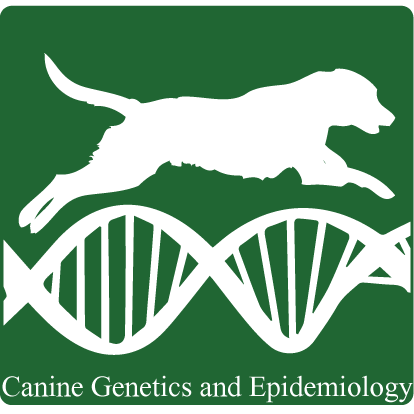Epidemiological associations between brachycephaly and upper respiratory tract disorders in dogs attending veterinary practices in England
Conclusions
Quote
This study reports that URT disorders are relatively commonly diagnosed across Bulldog, French Bulldog, Pug, Border Terrier, WHWT and Yorkshire Terrier dogs attending primary-care veterinary practices in England.
The three evaluated breed types of extreme brachycephalic conformation (Bulldog, French Bulldog and Pug) were relatively short-lived and predisposed to URT disorders compared with three other small-to-medium sized breed types that are commonly owned (moderate brachycephalic: Yorkshire Terrier and non-brachycephalic: Border Terrier and WHWT). These findings expand the evidence base available to practitioners to aid clinical decision-making and should assist reforms to improve canine breed welfare.
 Donate
Donate
Recommended Comments
There are no comments to display.
Join the conversation
You can post now and register later. If you have an account, sign in now to post with your account.
Note: Your post will require moderator approval before it will be visible.